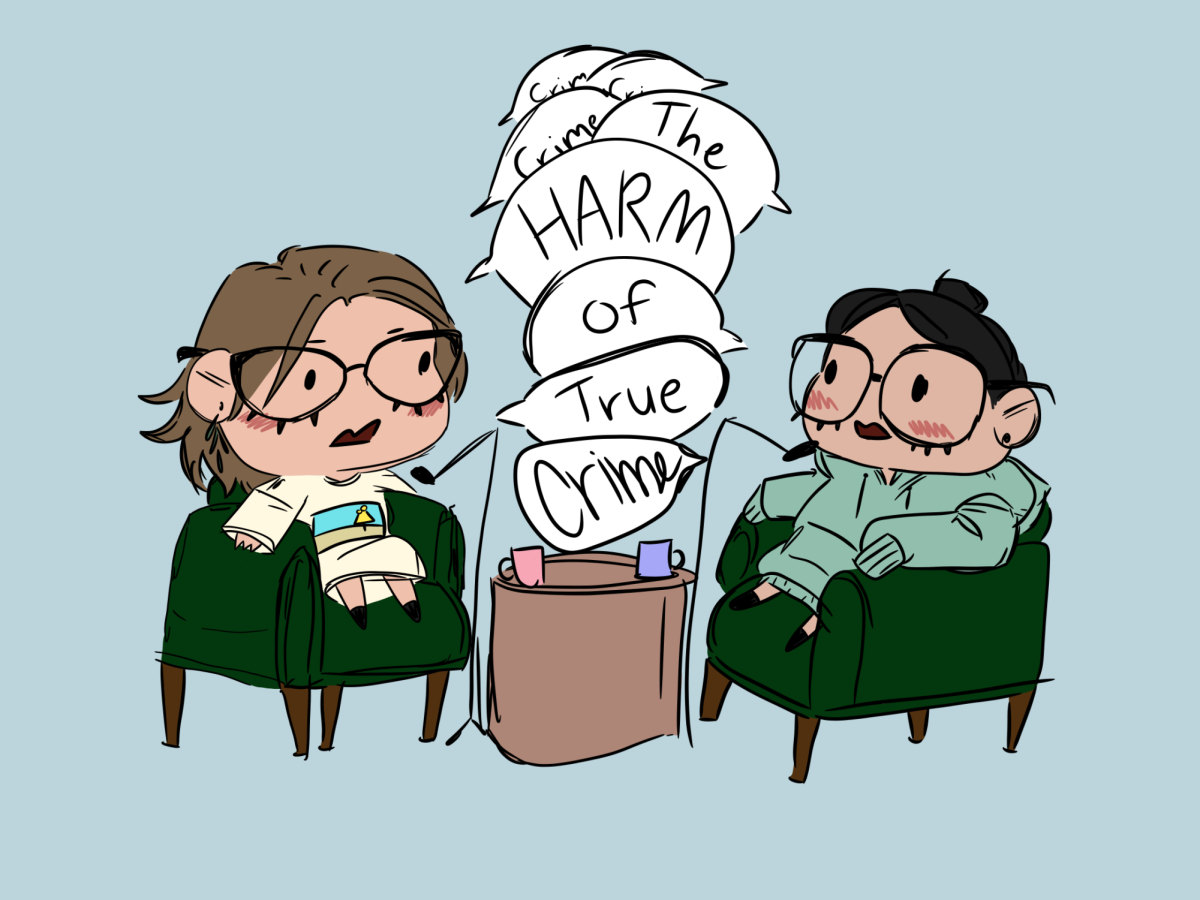Women Want Equality
Females throughout the United States and other countries are currently subjected to pay more for certain products or services, while some are considered ‘luxury items’ or are different in color. The additional cost and unfair pricing from companies, named ‘pink tax’, has shown evident gender-based price differences.
Various categories are affected by pink tax which can vary but include children’s clothing, toys, and personal care products. Data from the United States Joint Economic Committee, The New York City Department of Consumer Affairs took 400 pairs of sale products by New York City retailers and found that it was two times more likely for women’s products to be priced higher than men’s products.
Although women’s products had a higher price tag 42 percent of the time, men’s products only had a higher price 18 percent of the time.
The wealth inequality doesn’t stop in the aisle either. Not only are women paying more at the register for health items, like deodorant and shampoo, but they also take home less income. The gender pay gap is the difference in pay between men and women.
The Equal Pay Act, first declared in 1963 by President John F. Kennedy, was to state that there should be no pay gap between genders and both be free of discrimination.
The Lilly Ledbetter Fair Pay Act, introduced in 2009 and signed by President Barack Obama, was to address the unfair wage gap. The purpose of the Lilly Ledbetter Act is to reassure and protect individuals from pay discrimination. It also allows people to seek justice under other anti-discrimination laws.
The initial upbringing of the Lilly Ledbetter Act was concerning the case of Ledbetter against Goodyear Tire and Rubber Company, in which Lilly Ledbetter was a sufferer of the gender pay gap.
According to data taken from the U.S. Census Bureau, the average gender wage gap in the United States is around 21 percent, which means a woman earns 21 percent less than her male coworker. The U.S. Census Bureau and the Washington Post show that the average woman in the United States makes close to 79 cents for every dollar paid to the average man.
It is an even bigger gap for women of color, considering African American women earn 64 cents and Latina women earn 55 cents for each dollar paid to men. The gap can vary larger or smaller depending on the state a person lives in.
April 10 is Equal Pay Day. First formed by the National Committee on Pay Equity, the day represents how far into the year women have to work to earn what men earned in the previous year.
The National Committee on Pay Equity is an organization of people who come together to work on eliminating sex and race wage discrimination. Equal Pay Day brings awareness to the clear gender pay gap issue, but the date changes year by year depending on the country.
While questions are still raised as to why the wage gap is still present, many activist groups have arised over the years. To find more information and petitions regarding the gender pay gap, pink tax, or other related issues and news updates go to www.aauw.org, www.girltalkhq.com, or www.unwomen.org.





![At the pepfest on Feb. 13 the Winterfest Royalty nominees were introduced. There were two girls and two boys candidates from each grade. Royalty included Prince Axel Calderon (11), Jacob Miller (12), Princess Maya Fuller (11), Brecken Wacholz (10), Ethan Brownlee (9), Lord Given Saw (9), Lilly Elmer (9), Angela Buansombat (10), Queen Jenna Balfe (12), Hanna Austinson (11), Raegan Broskoff (8), Duchess Evalyn Holcomb (10), Jordyn Earl (8), and Lady Leighton Brenegan (9). Not pictured include: King Kaiden Baldwin-Rutherford (12), Piper Aanes (12), Blair Blake (11), Duke Kuol Duol (10), Thoo Kah (8) and Aidric Calderon (8). Student council member and Junior Prince Axel Calderon said, “It [the nomination] means that I’m kind of a student leader. I hopefully show younger kids what it means to be a part of the student council and lead the school.”](https://www.ahlahasa.com/wp-content/uploads/2025/03/front-page-1200x800.jpeg)














